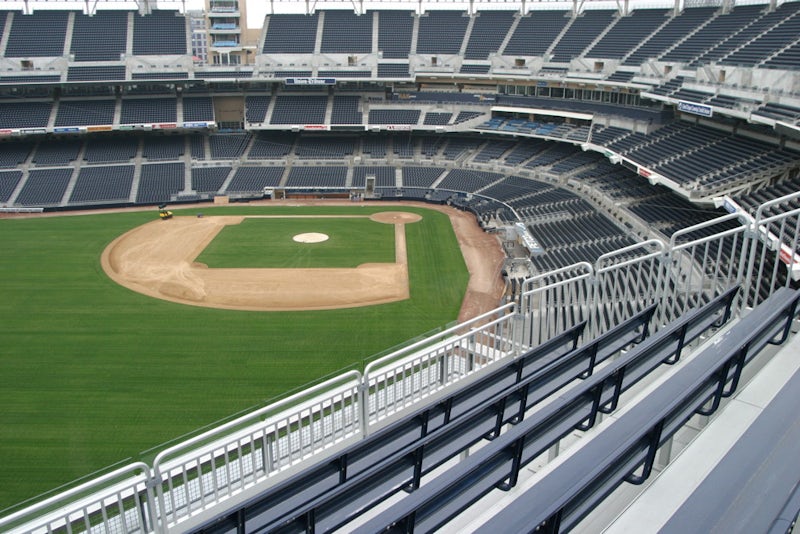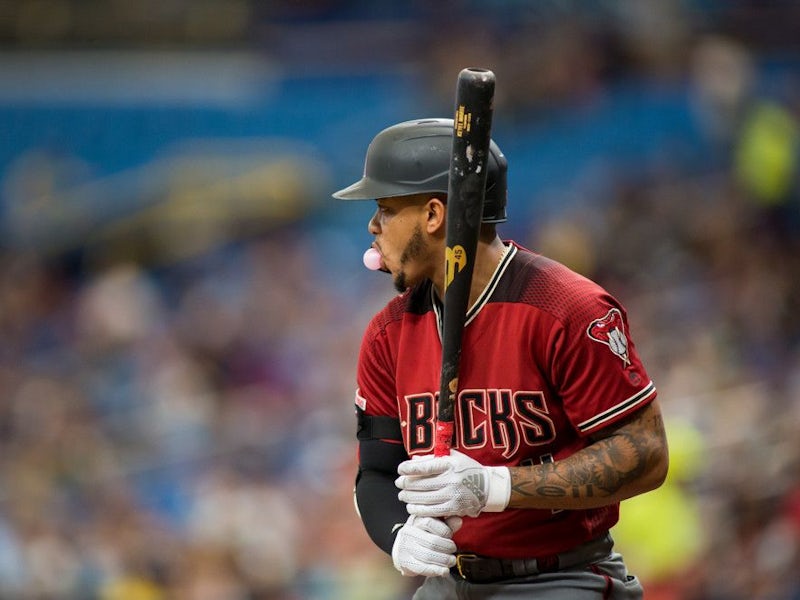ADVERTISEMENT
A brief history of MLB labor stoppages

An empty Petco Park, home of MLB's San Diego Padres. (Photo by Kevin Reece/Icon Sportswire)
MLB players have been locked out for just over a week, and there are no signs that labor peace will be restored anytime soon. But this isn’t the first time that there’s been animosity between baseball players and team owners.
Let’s take a look back at the history of MLB labor stoppages.
The 1972 strike
There were several iterations of the MLBPA formed over the early decades of baseball, but it wasn’t until 1966 that the current players union was recognized as such.
Under the direction of Marvin Miller, the first work stoppage in MLB history took place at the start of the 1972 season. The players union struck for an increase to pension funding to match inflation over a three-year period. Nearly two weeks went by before the owners capitulated, and a four-year agreement was reached.
Infamously, the 86 games that were missed were not re-scheduled, leading to teams playing an uneven amount of games. The Tigers controversially won the AL East with an 86-70 record that season over the Red Sox, who finished 85-70.
The lockouts of 1973 and 1976, and the 1980 strike
The players were locked out by owners during Spring Training of 1973 due to a player arbitration dispute, and again in 1976 due to a disagreement over the reserve clause, which used to effectively bind a player to a team before it was abolished. No games were missed, arbitration terms were decided (two years of consecutive service or three years non-consecutive to qualify) and free agency was granted as a right after six seasons of service time.
In 1980, the collective bargaining agreement expired, and owners began to bristle about compensation for losing free agents. A new CBA was once again reached before any games were lost, but both the owners and players tabled the issue of free agency compensation until the following year.
The 1981 strike
The free agent compensation issue reared its ugly head again on June 12 of 1981, when the players went on strike in the middle of the season. A deal wasn’t reached until July 31, resulting in 713 games being lost.
1981 became known as the “split season,” as the team that was in first place from April to June would face the team that won the most games from August 9 to season’s end. The problem was that the Cincinnati Reds of the NL West and the St. Louis Cardinals of the NL East each failed to make the playoffs despite having the two best full-season records.
The 1985 strike and 1990 lockout
The MLBPA struck in 1985 for an increase in arbitration and pension funds. Two days’ worth of games were missed before being re-scheduled.
Salary arbitration was once again at the heart of a work stoppage in the 1990 lockout, which resulted in 78 games being re-scheduled.
The 1994-1995 strike
The eighth and most notorious work stoppage in baseball – and perhaps all of sports – was the 1994-1995 players strike that led to 938 games being canceled, including the World Series.
The owners wanted to institute a salary cap, but the MLBPA believed such a measure would depress player salaries across the board. They struck on Aug. 12, and with no end in sight, commissioner Bud Selig canceled all regular and postseason games on Sept. 14.
The strike dragged into Spring Training, with owners employing “replacement players,” or “scabs,” most of whom were minor league talents. The players did not relent until April 2, 1995, after then-federal judge Sonia Sotomayor issued an injunction which restored the terms of the expired 1990-1993 CBA.
A 144-game season – with noticeably lower attendance – began in late April of that year. Some have argued that baseball has never truly recovered from this strike. The Montreal Expos were certainly done no favors. They were denied a chance at their first ever World Series in 1994 as the best team in baseball, and one decade later, they relocated to Washington and became the Nationals.
ADVERTISEMENT


